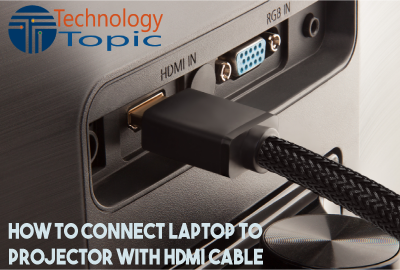
If you don't see the screen being projected, press the laptop's special key combination after boot to activate its HDMI port. Press the "Power" button on your computer to turn it on and start the boot process. Press the Source button on the Optoma projector or its remote until the HDMI input to which the computer is connected is selected. Wait for it to warm up and start displaying images. Press the "Power" button to turn on your Optoma projector.

Plug the other end of the cable into the laptop's HDMI port, taking care to ensure the correct orientation. The flat cable has a protrusion on one side, so you must insert it the correct way however, don't force it. Plug one end of the HDMI cable into the HDMI input of the Optoma projector. There are a couple of other real-life scenarios that may require you to make a connection between a VGA monitor and an HDMI port.Press the "Power" button on the laptop and Optoma projector to turn it off. Or perhaps you have an old VGA-only compatible TV or monitor you would love to project a movie onto but MacBook comes with a HDMI port. Say you are in a conference room where you have to present some slides to an audience and you discover that the projector uses a VGA interface while your laptop, an HDMI port.

So even if all modern-day laptops and Smart TVs now rock HDMI ports, we are sometimes forced to return to our roots. However, because the VGA interface has been an integral part of our past (for almost 3 decades), we cannot totally erase it just yet. Asides from the fact that these new connection technologies are better for the transfer of video and audio signals between devices, they quickly became manufacturer’s favorite because they served as a thickness-reduction solution on laptops, TVs and other gadgets. HDMI and other forms of digital connection formats have replaced VGA on laptops, desktops, TVs, gaming console, and pretty much anything that used to sport a VGA port. However, because things change, and we have to move on to new technological innovations, VGA is fast becoming a thing of the past. Yes, they have beautifully served their purpose for decades, allowing us to project almost anything to a bigger screen.


 0 kommentar(er)
0 kommentar(er)
